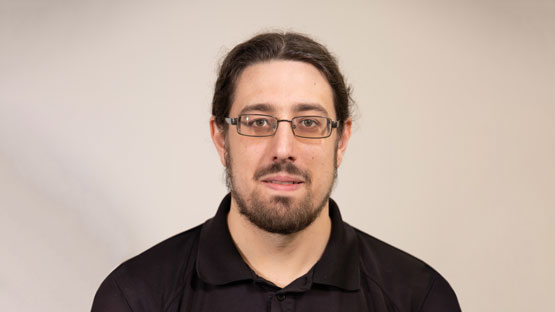Software Engineer Alex Pitman has been involved in developing many Maptek applications throughout more than 10 years at Maptek, so taking the lead on development for the integrated Workbench platform feels like fulfilling his destiny.
`I started at Maptek with an internship in the holiday period between my 3rd and 4th year of university. After a botched phone interview, where I hung up on Maptek while at a busy tram stop, I was fortunate enough that the interviewer called me back,` Alex says.
Alex continued at Maptek while finishing his studies, including a collaboration for his 4th year Software Engineering group project and remains at Maptek today.
Working on exciting new Maptek spatial, graphics and user interface technologies early in his career provided a solid grounding for understanding the development philosophy and software architecture building blocks required by all Maptek applications.
‘Working with the software team that pioneered a new lidar-based technique for stability monitoring was really enjoyable, and a breakthrough moment for the industry,’ Alex says.
‘We were thrilled when Sentry won an innovation in mining award as validation of our innovative approach.’
Alex is always willing to help and mentor developers which has led him to becoming a Team Leader.
It’s the people that make Maptek a great place to work according to Alex.
‘There are always interesting and challenging problems to solve, ranging from internal initiatives to customer-requested features, and it’s the relationships with co-workers that make my job worthwhile.’
Recently Alex used his 10% time - an allocation given to Maptek staff to experiment and pursue innovative ideas - to apply a juxtaposition viewing concept developed for one product to Sentry, as a proof of concept. The slider separates the monitored scene at different time points, allowing personnel responsible for safety on mine sites to quickly see the difference between two periods.
His current role allows Alex to think about the ways our users interact with different data, tools and technologies and how they can work more productively and efficiently using workflows, customisations and other tools in the Workbench.

